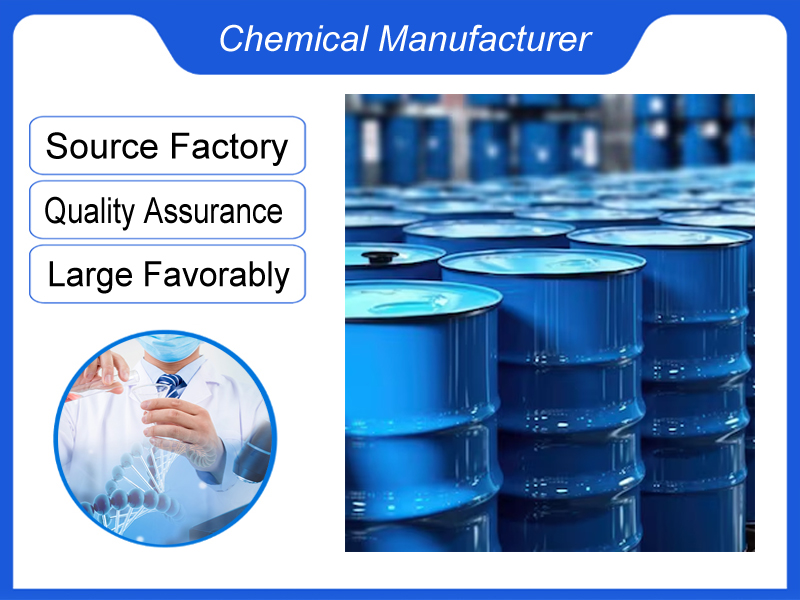
Acrylic resins for adhesives
We are a manufacturer based in China. We specialize in providing high-quality Acrylic resins for adhesives for industrial clients across various sectors. Whether you need chemicals consultation or technical support, our team is here to help.
Category:Paint chemicals Own Brand:MT /MOQ:100KG /From China/ B2B only.
Introduction
Acrylic Resins for Adhesives: Technical Overview
Acrylic resins are versatile polymers widely used in adhesive formulations due to their excellent adhesion, durability, and resistance to environmental factors. Below is a structured summary of their properties, types, and applications:
Key Characteristics & Applications
| Category | Details |
|---|---|
| Chemical Base | Derived from acrylate/methacrylate monomers (e.g., methyl methacrylate/MMA, ethyl acrylate). |
| Types | 1. Thermoplastic Acrylics: Solvent-based, reversible bonding. 2. Reactive Acrylics: Two-part systems (e.g., methyl methacrylate/MMA adhesives). 3. UV-Curable Acrylics: Light-initiated polymerization. |
| Curing Mechanism | – Thermoplastic: Solvent evaporation. – Reactive: Free-radical polymerization (peroxide-initiated). – UV: Photopolymerization (requires UV light). |
| Key Properties | – Fast curing (minutes to hours) – High bond strength (20–30 MPa) – Resistance to UV, heat, and chemicals – Adhesion to plastics, metals, and composites |
| Advantages | – Versatile substrate compatibility – No surface pre-treatment required (vs. epoxies) – Flexibility and impact resistance – Low VOC options (water-based formulations) |
| Limitations | – Odor (solvent-based types) – Limited high-temperature performance (<120°C for standard formulations). |
| Applications | – Automotive (body panels, trim) – Electronics (display bonding) – Construction (structural glazing) – Medical devices (biocompatible grades) |
Formulation Guidelines
| Factor | Considerations |
|---|---|
| Substrate | Metals/plastics: Reactive acrylics; Glass: UV-curable. |
| Curing Speed | Reactive types: 5–60 min; UV: Seconds. |
| Environmental Resistance | Outdoor use: UV-stable formulations (e.g., methacrylates). |
| Viscosity | Adjust with monomers/oligomers (e.g., low viscosity for capillary action). |
Comparison with Competing Resins
| Property | Acrylics | Epoxies | Polyurethanes |
|---|---|---|---|
| Curing Speed | Fast (min–hr) | Slow (hr–days) | Medium (hr–24 hr) |
| Flexibility | High | Rigid | Very High |
| UV Resistance | Excellent | Poor | Moderate |
| Peel Strength | Moderate-High | High | Very High |
Safety & Storage
Handling: Use PPE (gloves, ventilation) for solvent-based types.
Storage: Keep away from heat/light (UV-curable resins).
Shelf Life: 6–12 months (varies by formulation).
Acrylic resins offer a balanced profile for high-performance adhesives, combining rapid curing, durability, and broad material compatibility.
Acrylic resins for moisture curing hot melt adhesives (HMPUR)
Acrylic resins for UV-curable hot melt pressure sensitive adhesives
Pros:
Increased initial tack
Improves film formation and film-forming properties
Improves dispersion of additives in HMPUR
-Improved open time
If you're ready to take the next step, Leave your message below and we’ll reply soon. 20+ years of chemical manufacturing & export experience, a partner you can trust.





